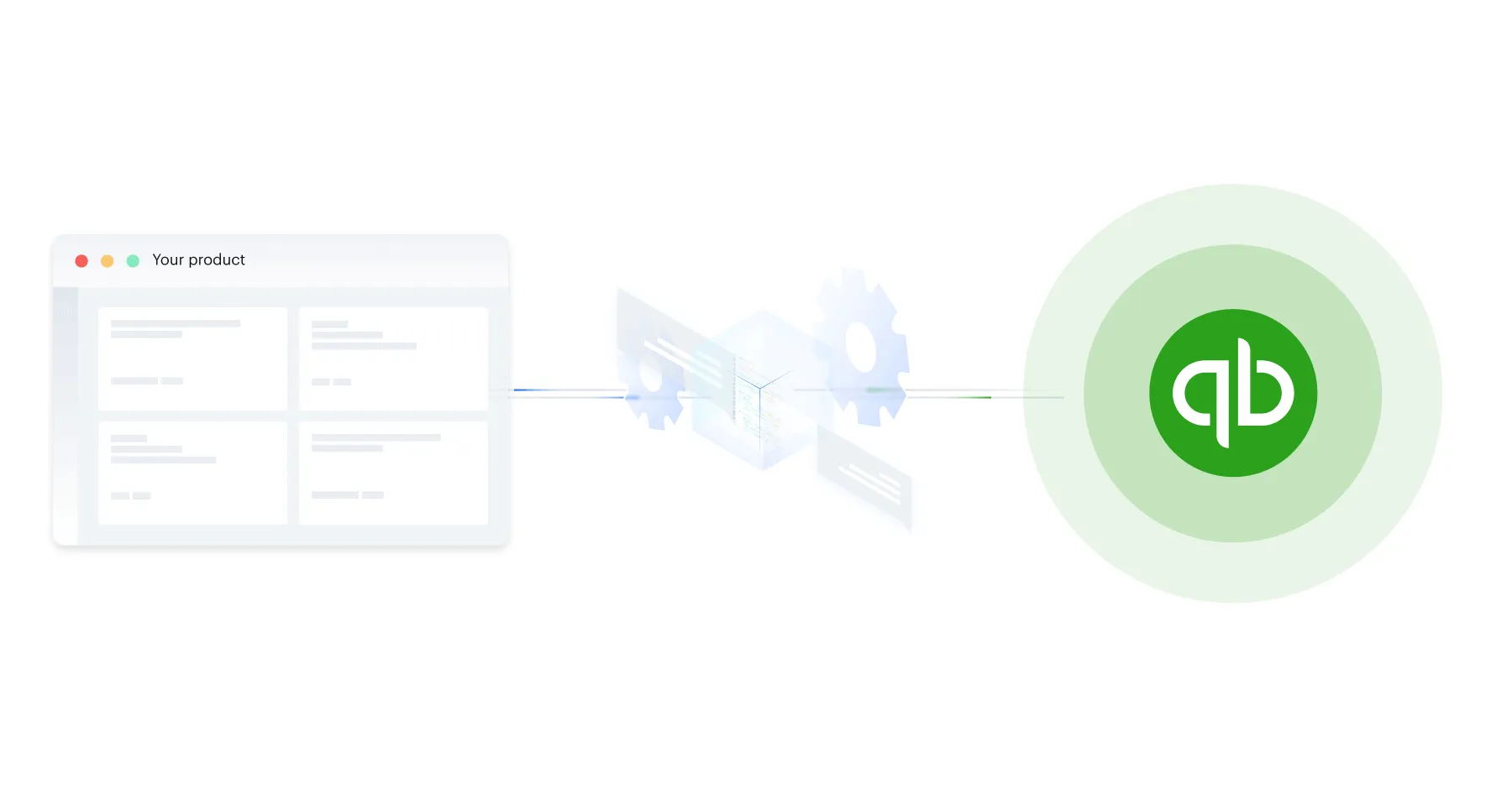Why banks struggle to integrate with customers’ ERP systems (according to 260 banks)

Banks of all shapes and sizes are prioritizing their customer-facing ERP integrations.
Case in point: We recently partnered with Centiment, a research platform for enterprises and academics, to survey business leaders at 260 mid-sized to enterprise banks (100+ employees), and more than 90% of respondents said they consider ERP integrations to be at least very important.
Their point of view isn’t hard to discern; most banks realize critical business benefits from offering ERP integrations, from closing more sales to retaining additional customers.
.webp)
Despite these benefits, banks by and large fail to build and maintain ERP integrations effectively.
Here are just a few of the issues they’re running up against.
Related: Bank feed API examples
In-house ERP integrations stifle product innovation and crush morale
Forty two percent of banks rely on their engineers to build and maintain integrations. And while the initial integration build might not cause banks' engineers headaches, the ongoing maintenance does.
Roughly 73% of engineers spend at least 10 hours every week on maintaining the ERP integrations, which jumps up to 78% for enterprise banks (5,000+ employees).

Given all the time their engineers spend on maintaining integrations, banks are forced to deprioritize their core products and services—and this is leading to harmful business outcomes.
Fifty seven percent of banks experience delays in building key product features; the same percent are forced to neglect product bugs; and, given how unpleasant integration maintenance work can be, nearly half of banks have had engineers leave.

Manual ERP integrations batter banks’ customer experience
Manual integrations, or integrations that require customers to export files from their banks and import them into their own ERP systems, are widely used by banks (40%).
Despite their relative popularity, manual integrations perform (perhaps predictably) extremely poorly, leading to nearly two thirds of banks to experience churn; 61% to lose sales (likely because competing banks offer a more seamless ERP integration); and 60% to experience lower customer engagement—signaling more churn ahead.

https://www.merge.dev/blog/financial-statement-api?blog-related=image
Third-party solutions offer little respite
For the banks that decide to outsource their ERP integrations, the results aren’t much better.
More than half of banks spend at least $250k per year, with less than 3% spending under $50k.
.webp)
Despite the bank's lofty investments, they're experiencing basic syncing problems, like delayed sync frequencies and data integrity issues.

Banks see unified API solutions as the best option going forward
Fortunately, banks aren’t stuck with manual integrations, legacy third-party solutions, or their in-house engineers.
Unified API solutions, which let banks integrate with a single, aggregated API to access multiple ERP integrations, offer a scalable solution. In addition, using a solution like Merge, banks’ engineers don’t have to maintain or manage their integrations.
Given all the benefits of the unified approach, banks cite them most often when asked about the category of solutions they plan to adopt:

Learn why banks are increasingly considering outsourcing their ERP integrations to unified API solutions and how Merge, the leading unified API platform, is best positioned to power yours by scheduling a demo with one of our integration experts.






.png)

.jpg)

